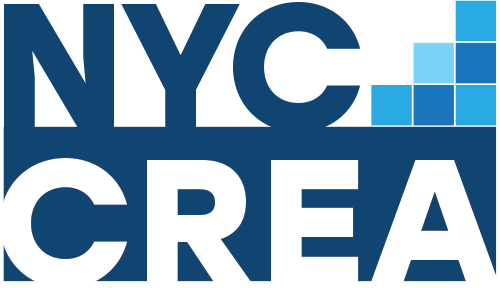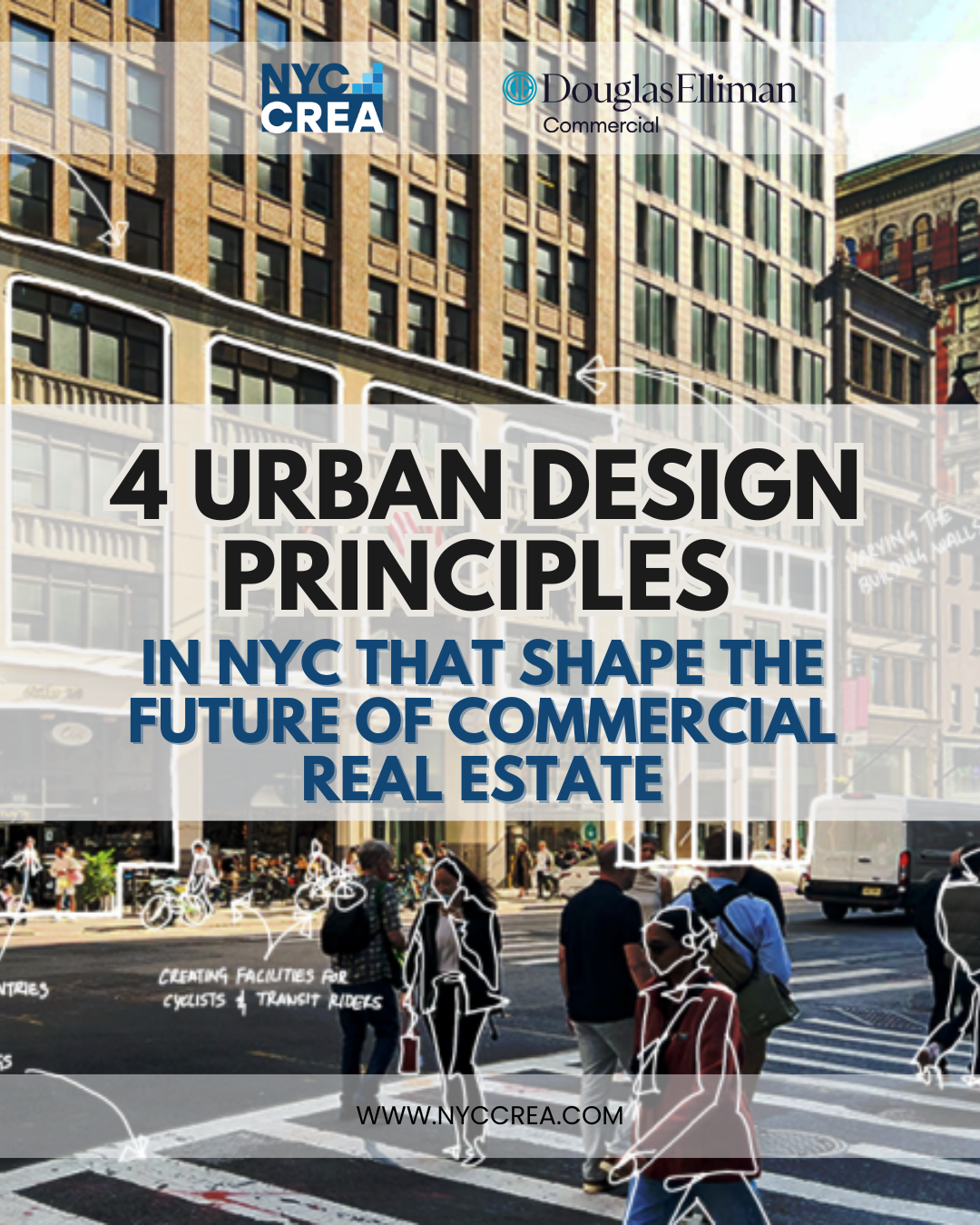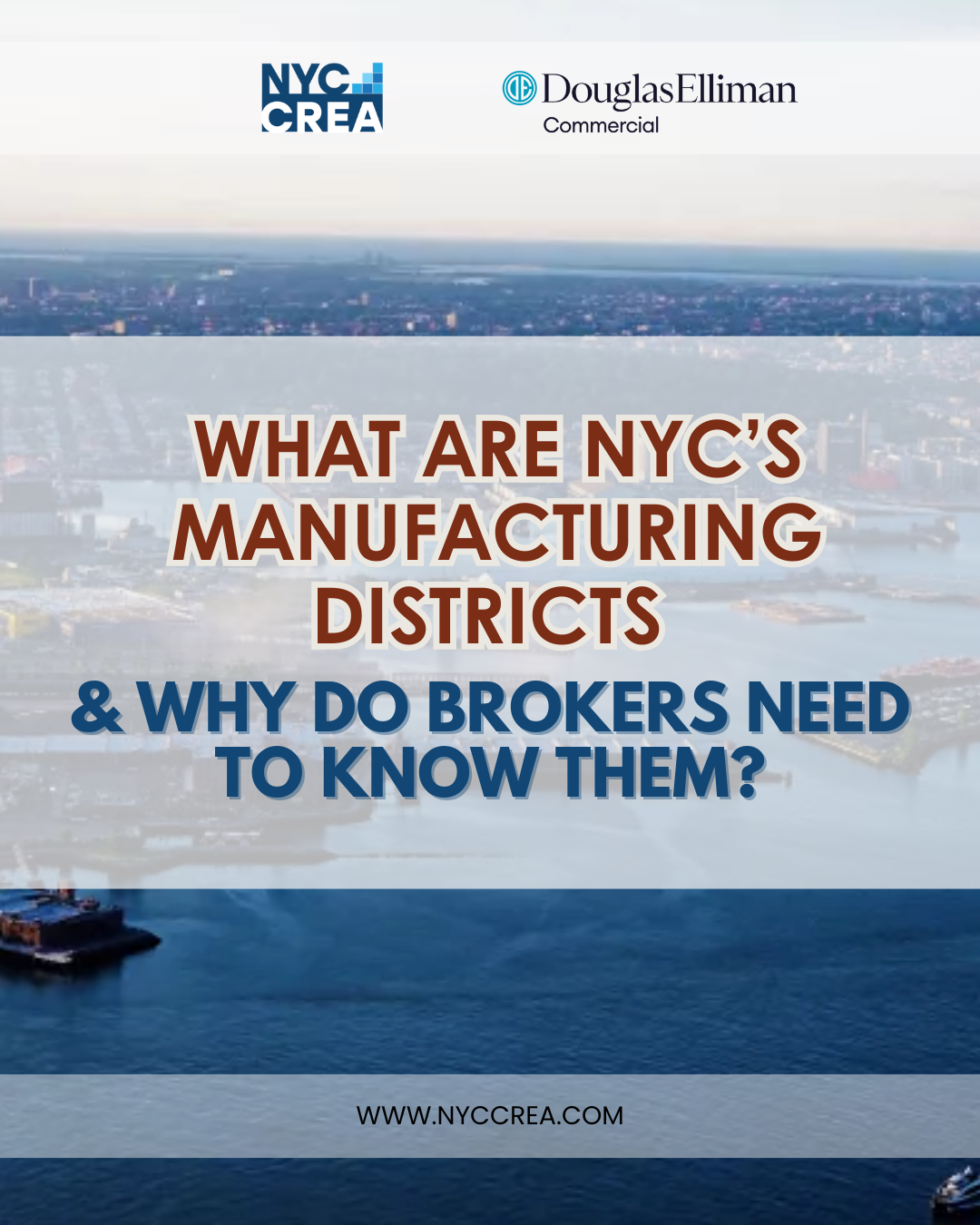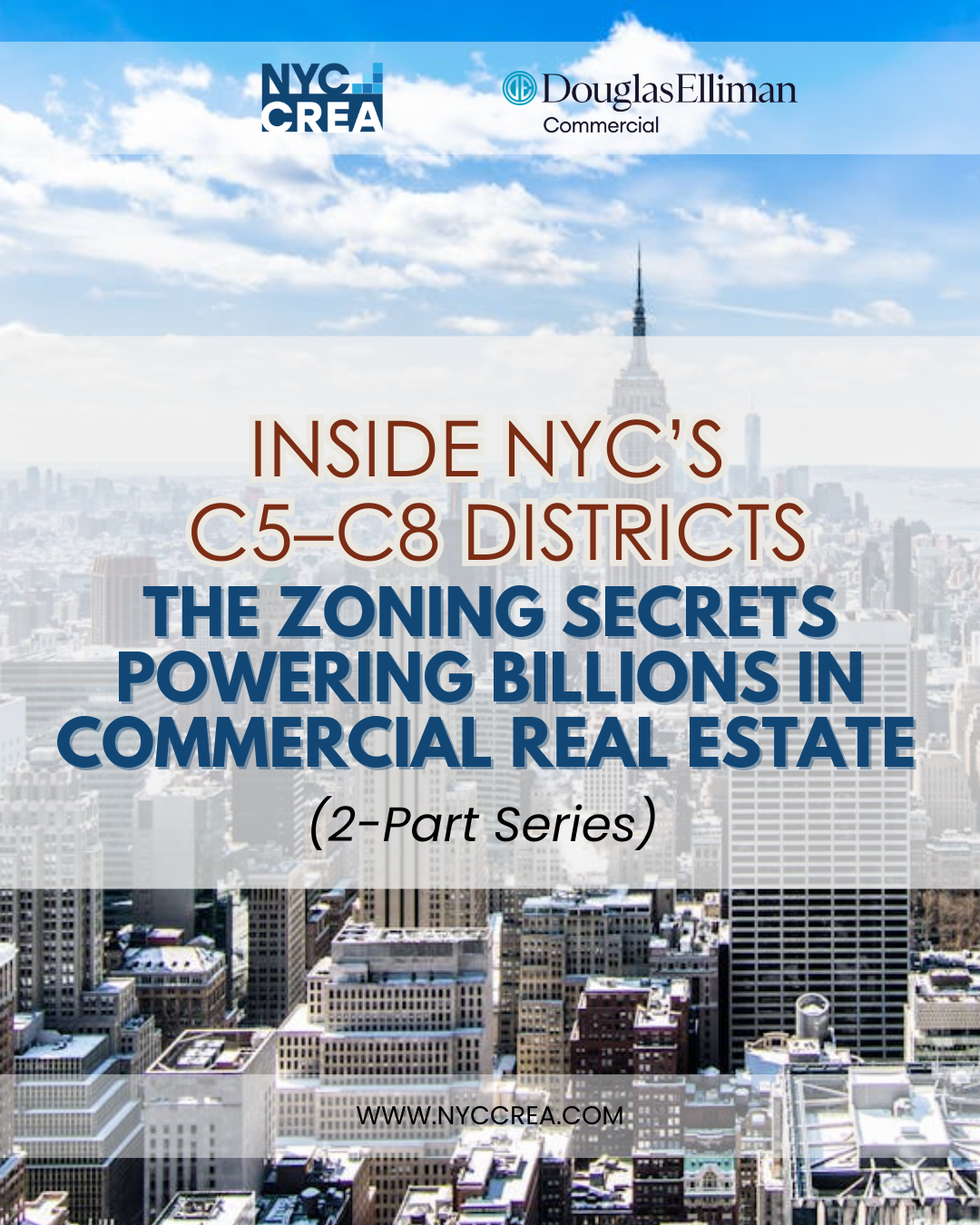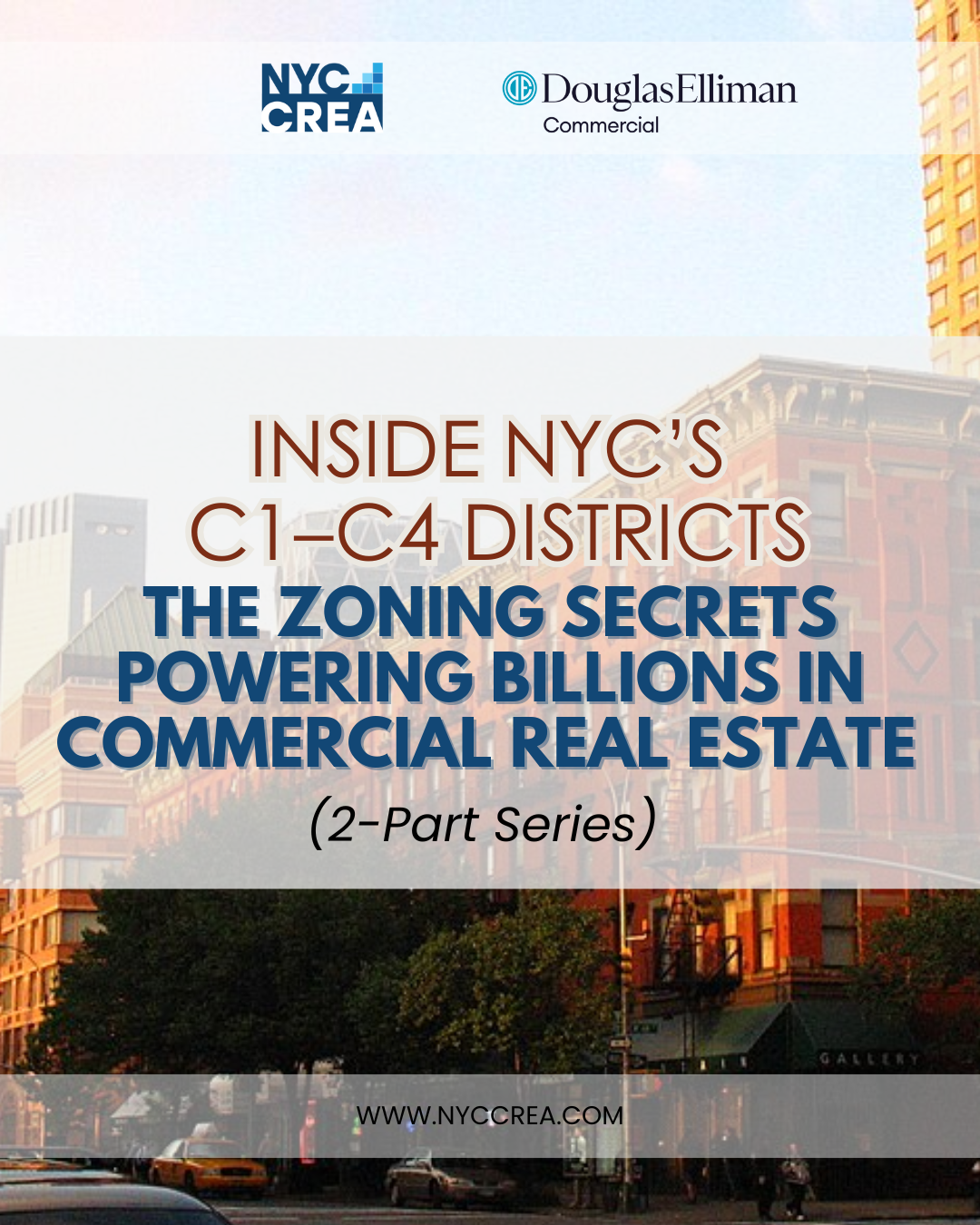February 26, 2025
- Surge in Conversions: Between 2020 and 2024, New York City saw filings for the conversion of 26 office properties into residential units, reflecting a significant shift in urban development strategies. (The Real Deal)
- Vacancy Rate Increase: Office vacancy rates in NYC doubled from 6.4% in early 2020 to 12.8% by 2024, highlighting the growing availability of underutilized commercial spaces. (Office of the New York City Comptroller)
- Projected Housing Units: New initiatives are expected to create nearly 19,000 residential units from former office buildings over the next eight years, addressing the city’s housing shortage. (New York Post)
New York City has long grappled with a persistent housing shortage, characterized by soaring rents and a dwindling supply of affordable units. In 2023, the city’s rental vacancy rate plummeted to a historic low of 1.4%, the lowest since 19681, intensifying the demand for innovative housing solutions.
Looking ahead in 2025, city planners and developers have increasingly turned to office-to-residential conversions as a viable strategy to alleviate the housing shortage while repurposing underutilized commercial real estate. This approach not only addresses the pressing need for housing but also revitalizes dormant office spaces, contributing to urban renewal.

From Office to Fam Hubs
The transformation of office buildings into residential units offers a multifaceted solution to New York City’s housing crisis. Financially, conversions are appealing as they cost about one-third less than building from scratch, making them a cost-effective strategy for increasing housing stock. Notable projects, such as the conversion of the Flatiron Building into 60 condominium units, exemplify this trend, with plans to complete the transformation by 20262.
Moreover, these conversions contribute to urban revitalization by repurposing obsolete office spaces, thereby enhancing neighborhood vibrancy and economic activity. The Financial District, for instance, has seen a surge in residential conversions, transforming it into a more family-friendly area with increased amenities and services. Over the coming years, Lower Manhattan is set to see 19 new developments add 8,015 units to its housing stock. A significant portion of this growth, 63% or 5,086 units3, will come from converting office spaces into residential buildings.
For example3, Pearl House at 160 Water Street in Manhattan’s Financial District has already opened its doors for residents. It is currently the largest office-to-residential conversion in New York with 588 units (studios to two-bedrooms) and was reportedly 90% leased just months after launch last December. Reflecting a trend in the Financial District, Pearl House caters to families with amenities like a game room featuring a video wall, a bowling alley, and a children’s playroom.

Other notable examples of office-to-residential conversions in New York City include2:
1. 219-229 East 42nd Street
Metro Loft and Gensler are converting the former Pfizer headquarters into a 29-story mixed-use building, adding 1,463 rental apartments to Midtown East.
2. 25 Water Street
A major transformation is underway at 25 Water Street, where GFP, Metro Loft Management, and Rockwood Capital are converting over 900,000 square feet into 1,200 rental units. This Financial District building previously served as a hub for J.P. Morgan Chase and American Media.
3. 212 Broadway
TPG and GFP Real Estate’s Financial District project at 212 Broadway will create 798 residential units. The 724,000-square-foot building will be slightly expanded to 740,000 square feet.

Challenges in Conversions
Despite their advantages, office-to-residential conversions encounter several obstacles. Regulatory hurdles, such as differing building and fire codes, can complicate the conversion process. Additionally, structural challenges, including the lack of windows in certain office layouts, necessitate extensive redesigns to meet residential standards.
Financial viability also poses a challenge, as the cost of retrofitting older office buildings can be substantial. Developers must carefully assess whether the potential returns justify the investment, especially in a fluctuating real estate market. Furthermore, the availability of suitable office buildings for conversion is limited, and not all structures are amenable to residential adaptation due to design constraints.
Promising 2025
Looking ahead to 2025, office-to-residential conversions are poised to play a pivotal role in mitigating New York City’s housing shortage. With nearly 19,000 residential units4 expected to be created from former office buildings over the next eight years, this strategy offers a promising avenue for expanding the city’s housing inventory.
The success of these initiatives will depend on continued support from city and state programs, as well as the ability of developers to navigate the associated challenges. Despite the challenges of navigating differing building codes and the need for significant infrastructure changes, office-to-residential conversions offer a compelling solution to New York City’s housing shortage. These projects, while complex, are often faster than new construction and provide much-needed housing while revitalizing underused commercial space. For building owners, conversions offer a viable alternative to foreclosure in a market where demand for housing far outstrips supply. (NYCCREA)
References:
1 New York City Housing Shortage Highlights Need For More Development
https://www.forbes.com/sites/shimonshkury/2024/03/20/new-york-city-housing-shortage-highlights-need-for-more-development/
2 Here’s where office-to-resi conversions are happening in NYC
https://therealdeal.com/new-york/2024/10/23/where-office-to-resi-conversions-are-heating-up-in-nyc/
3 This NYC nabe is becoming a hot family-friendly area for locals to call home — thanks to ongoing office-to-residential conversions
https://nypost.com/2024/11/21/real-estate/financial-district-a-hit-for-families-amid-office-to-resi-conversions/
4 Office-to-apartment conversions are booming in NYC and this is why
https://nypost.com/2025/01/29/real-estate/office-to-apartment-conversions-booming-nyc-thanks-to-new-city-measures/
